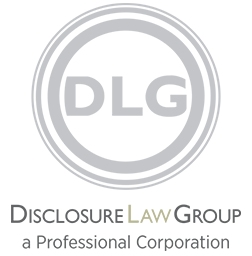The rules and regulations governing public company reporting and disclosure are complex and always changing. We stay on top of them, so you don’t have to. From drafting to filing, our processes and procedures ensure accurate and timely disclosure. Whether it’s an annual report on Form 10-K, a Form 4, Schedule 13E-3, or a registration statement on Form S-1, we have the legal and accounting expertise to exceed our client’s expectations.
Our clients often face complicated financing challenges, and we have the experience to help. Our attorneys have extensive experience managing and documenting private as well as public financing transactions, including initial public offerings, private investments in public equity, and traditional and alternative public offerings.
Beyond expertise, our attorneys are seasoned business professionals, capable of adding substantial value to extraordinary corporate transactions. Whether consummating an acquisition, merging one or more public companies, restructuring, or taking a company private, we’ve got the experience crucial to the success of your transaction.
Transactions and Disclosure
Company Report
The use of non-GAAP financial measures, which typically make a company’s earnings look stronger than they really are, has increased significantly in recent years. The creative use of these The use of non-GAAP financial measures, which typically make a company’s earnings look stronger than they really are, has increased significantly in recent years. The creative use of these
Officers, directors and major stockholders of publicly traded companies often casually comply with the reporting requirements of Section 13 (Schedules 13D and 13G) and Section 16 (Forms 3, 4 and 5) under Officers, directors and major stockholders of publicly traded companies often casually comply with the reporting requirements of Section 13 (Schedules 13D and 13G) and Section 16 (Forms 3, 4 and 5) under Officers, directors and major stockholders of publicly traded companies often casually comply with the reporting requirements of Section 13 (Schedules 13D and 13G) and Section 16 (Forms 3, 4 and 5) under
Since the inception of XBRL in 2009, the goal of the SEC has been to create a uniform system that would become a tool for investors to compare and analyze company financial statements. A phase-in Since the inception of XBRL in 2009, the goal of the SEC has been to create a uniform system that would become a tool for investors to compare and analyze company financial statements. A phase-in
